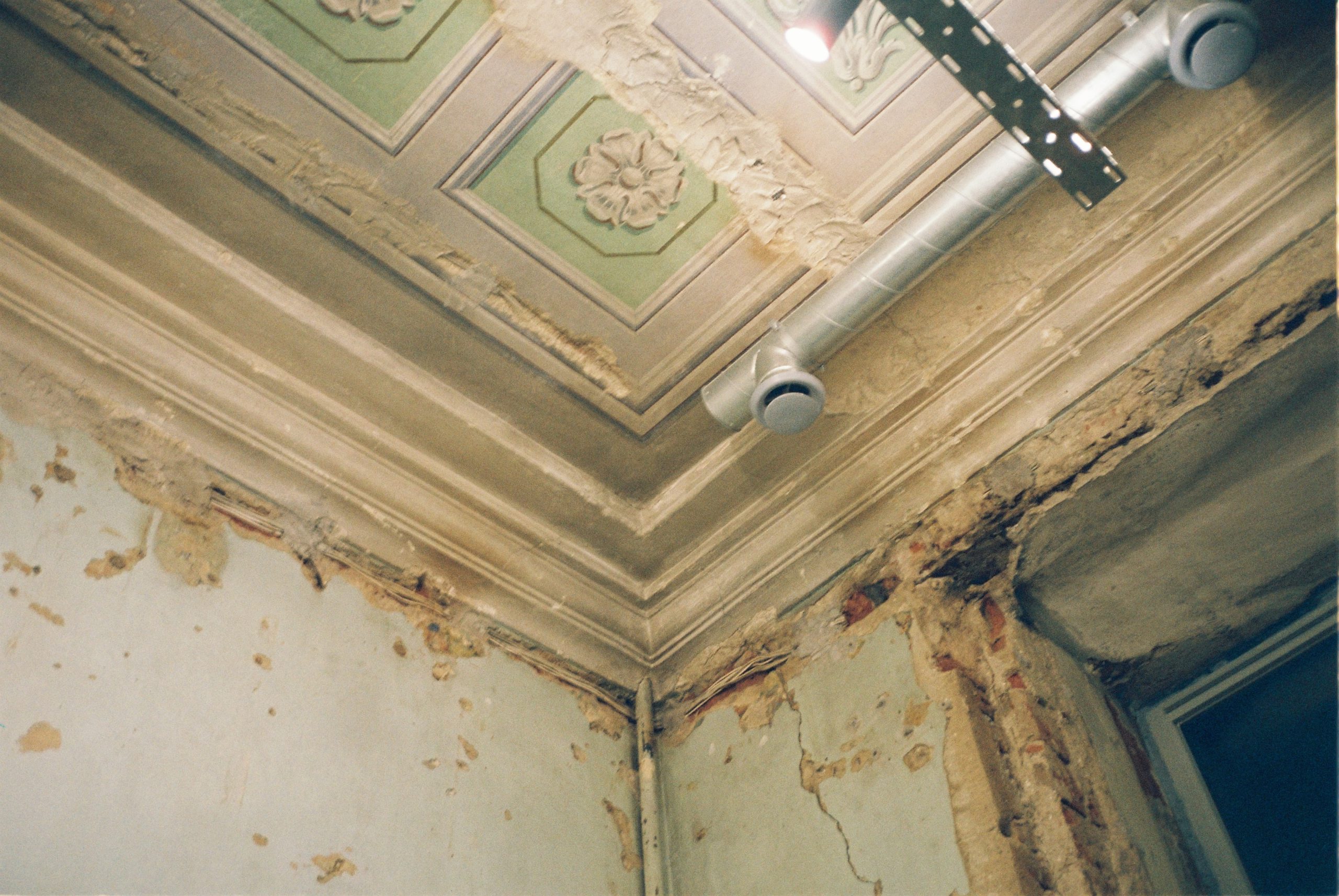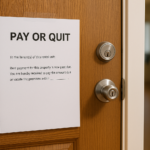Keeping your rental property safe and habitable for your tenants is a major responsibility for every landlord. Unfortunately, there are many ways in which rental properties can become dangerous for their inhabitants, and mold is one of the most significant.
In general, it can be difficult to lay blame on a single individual for the development of mold in rental properties. That’s why it can be confusing for landlords and tenants to figure out who is responsible for fixing the problem when it arises.
Who Is Responsible for Taking Care of Mold in Rental Properties?
Many states and cities do not have specific laws about who is responsible for the expense of removing mold from a rental property. However, landlords do have a legal responsibility to provide livable and safe housing for their tenants, which means the law will likely be on the side of the tenant in a dispute over mold removal expenses.
With that being said, the cause of the mold plays an enormous role in who is responsible for paying for its removal. If the landlord is able to prove that tenant negligence was the reason for the mold growth, the tenant will have to pay to have it removed.
Additionally, many landlords include a mold clause in their leases which absolves them of any financial responsibility should mold develop while the tenant is living on the property. Though landlords should do their part to prevent mold, many of the prevention techniques take everyday attention that the tenant will have to keep up.
Why Is Mold Dangerous?
Just how dangerous is a mold outbreak in a rental property? There are multiple different types of mold that can develop in different conditions, and they pose various levels of health risk to those being exposed to them on a regular basis.
Some types of mold spores can cause serious health issues, especially if inhaled on a daily basis for a long period of time. Though some types of mold are largely harmless, they can still be unhygienic and decrease the quality of life for tenants in a rental property.

How Long Does It Take to Remove Mold?
Before you go through the mold removal process as a landlord, you should first test for mold to make sure you have a good understanding of whether mold is present and how severe the infestation is.
Most hardware stores sell home test kits that will give you the basic information of whether mold is present. If you’d like to test for the specific type, you can send in your test for lab analysis or hire a professional mold inspector.
Tips for Preventing Mold in Rental Properties
Dealing with mold in a rental property can be a sticky situation even in great landlord-tenant relationships, and mold can pose serious health risks for tenants when left unchecked.
That’s why it’s best to prevent mold as much as possible before it has a chance to grow. Here are a few ways that you as a landlord can help to prevent mold in rental properties.
Perform Leak Inspections Regularly
Leaking pipes are one of the most common places where mold grows, and your tenants may not be checking their pipes regularly for leaks that could encourage mold as well as drive up water expenses. In many homes, the pipes are difficult to access, so it may not be reasonable to expect your tenants to check their pipes.
Include the expectation of regular pipe inspections in your lease agreement. Whether you perform them yourself or hire a professional to do it, you can prevent mold before it grows by catching leaks early.
Install Exhaust Fans for Bathrooms and Kitchens
In addition to leaky pipes, bathrooms and kitchens are other areas of the home that experience extra high levels of humidity, which can create ideal breeding grounds for mold. By installing exhaust fans in these areas that help to dispel humidity, you can help prevent mold growth.
Communicate Responsibilities to Your Tenants
There are many simple ways that tenants can help to prevent mold, such as hanging up wet clothes and towels and venting humid rooms. Make sure to communicate these things to your tenants so they can help to prevent mold through their day-to-day actions.










